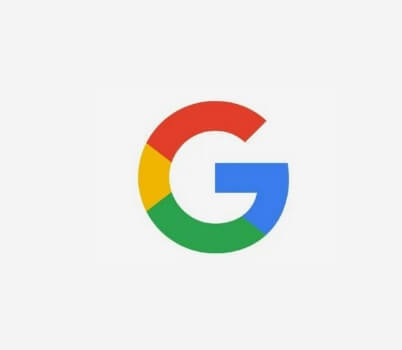Throughout the past two decades, the Google logo has been iconic and easy to recognize. And across all of its evolutions, it has stayed simple.
3.5 billion Google searches happen each day. With research like this, it’s not unlikely that the average person might see the Google logo anywhere from one to 30 times per day.
What many don’t know is that there’s a backstory to the most well-known design on the internet.
1996: The First Google Logo
The logo featured an image of a hand and the company’s original name, BackRub, in red font.
Larry Page and Sergey Brin originally called their web crawler “BackRub.” Brin and Page chose this name because the engine’s main function was to search through the internet’s back links.
By 1997 they’d changed the company’s name to much less creepy “Google” a misspelling of “googol” a Latin term that literally means 10 to the 100th power. The idea behind the name was that Google’s search engine could quickly provide users with large quantities, or googols, of results.

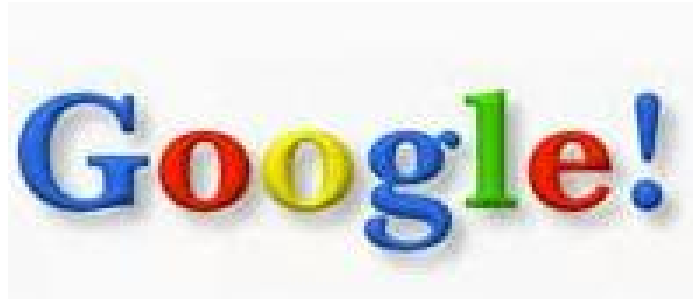
1998: First real Google logo
Some sources says credit Page with the creation of the first Google logo, while others say Brin designed it with a free image editor called GIMP. Whomever it was, their design wasn’t exactly the most glazed.
Fun fact, An exclamation point was supposedly included in Google’s rebranded design because Yahoo!’s logo also had this punctuation. All those tech companies followed each other’s leads back then.
1999-2010: Ruth Kedar’s logo designs
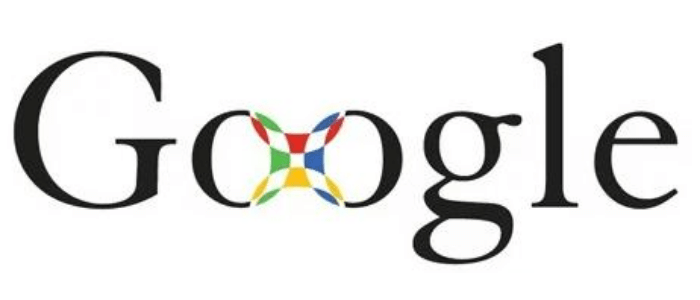
A mutual friend introduced Brin and Page to Stanford assistant professor Ruth Kedar.they asked Kedar if she’d design a few prototypes.
She started with a mostly black logo using the Adobe Garamond typeface. She also removed the exclamation point that was in the original logo.
Page and Brin like this logo because the mark in the middle looked like a Chinese finger trap, Kedar says.
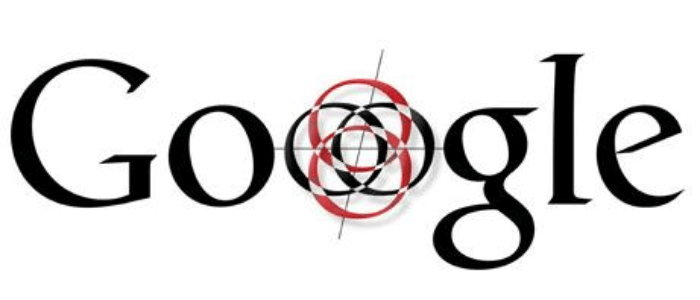
Her next attempt used the Catull typeface (which should look familiar). The logo was meant to trigger accuracy, like a target.
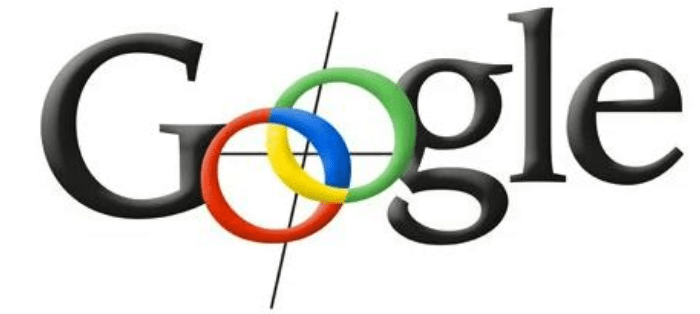
Then she got a bit more playful, experimenting with color and engage Os. Those Os ended up becoming the basis for the Os at the bottom of every search engine results page.
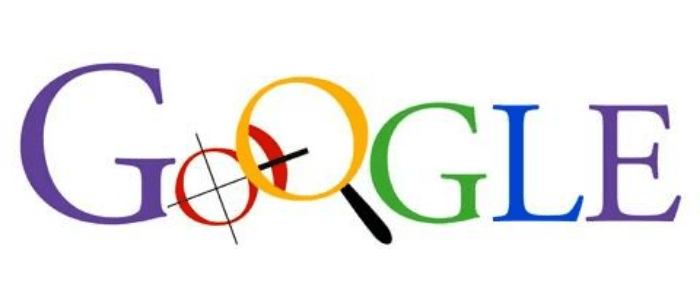
With the crosshairs and the magnifying glass, Brin and Page thought this design was a little visually overwhelming.
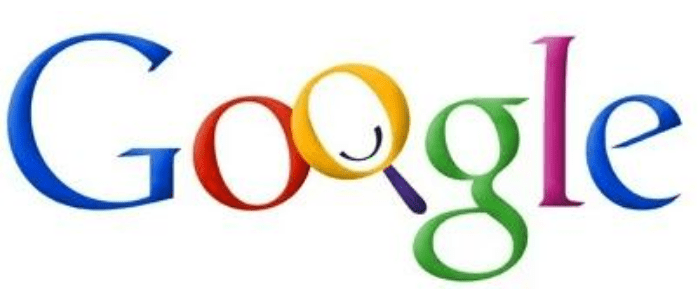
The next few iterations are more like the Google logo we know today. These designs feel younger and less serious than the others.
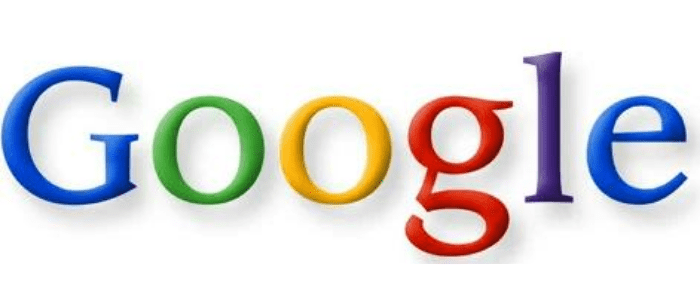
Kedar makes the letters pop off the page with shadowing and thicker lines.
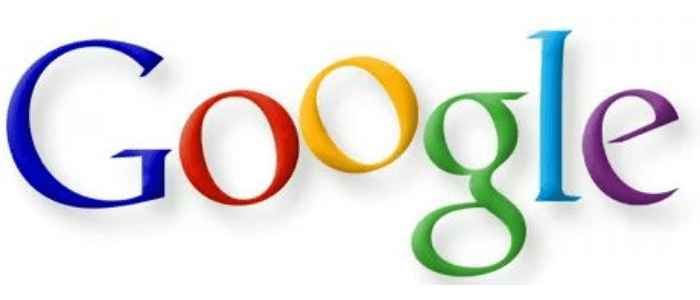
By the eighth design it was the simplest yet. Ultimately, Kedar wanted to show Google’s potential to become more than just a search engine. She also changed the traditional order of the primary colors to reemphasize how untraditional Google was.
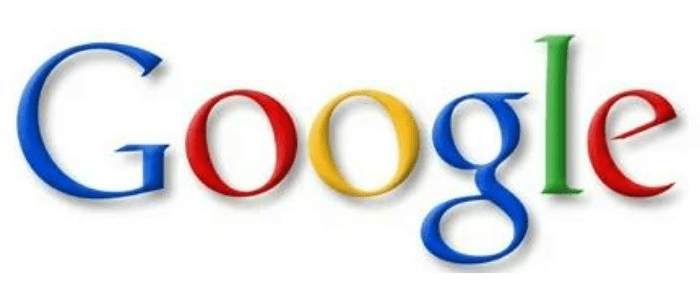
This version colors and the slanted angling make it feel youthful and energetic.
The final design is one of the most minimal. It was Google’s official logo from 1999 to 2010.
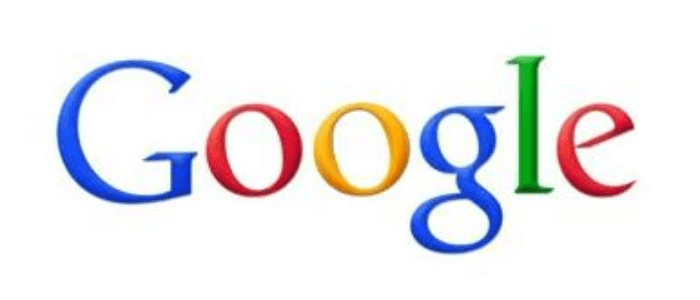
On May 6, 2010, Google updated its logo, changing the “o” from yellow to orange and removing the shadowing.
2015: A new logo for Google
In 2015, designers from across Google met in New York City for a whole week design sprint to produce a new logo and branding.
After that sprint, Google’s logo changed dramatically. The company preserved its distinctive (blue-red-orange-blue-green-red) pattern, but changed the typeface from Catull to the custom schoolbook inspired Product Sans.
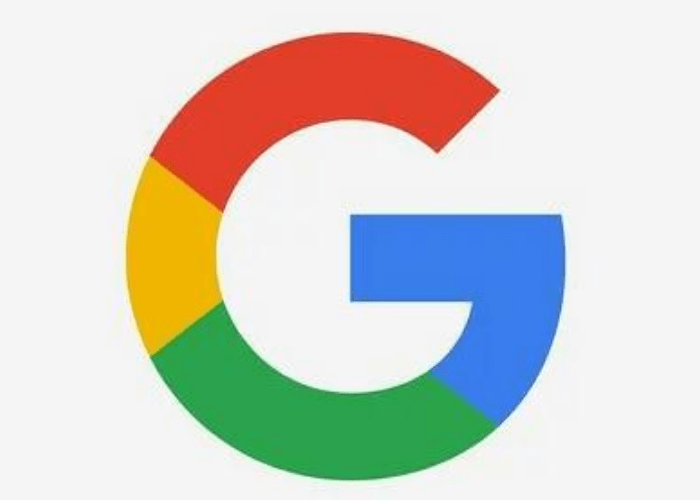
At the same time, Google also rolled out several variations on its logo, including the rainbow “G” that represents the smartphone app and the favicon for Google websites, and a microphone for voice search.
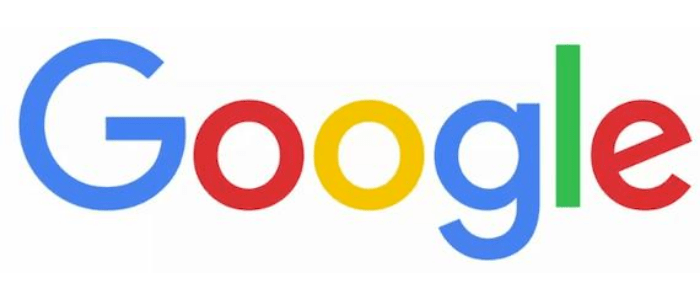
The new logo might look simple, but the transformation was significant. Catull the former typeface has serifs, the small lines that embellish the main vertical and horizontal strokes of some letters. Serif typefaces are less versatile than their sans-serif typefaces.
The logo is also meant to look young, fun, and unthreatening “I’m not like other massive tech corporations, I’m a cool massive tech corporation.”
A Dynamic Logo
Google’s logo is now dynamic. When you begin a voice search on your phone or tablet, you’ll see the Google dots bouncing in anticipation of your query.
As you speak, those dots transform into a planer that responds to your voice. And once you’ve finished talking, the planer changes back into dots that ripple as Google finds your results.
A Google design team blog post says:
“A full range of expressions were developed including listening, thinking, replying, incomprehension, and confirmation, While their movements might seem spontaneous, their motion is rooted in consistent paths and timing, with the dots moving along geometric arcs and following a standard set of snappy easing curves.”
launching and Growth of the Google Doodle
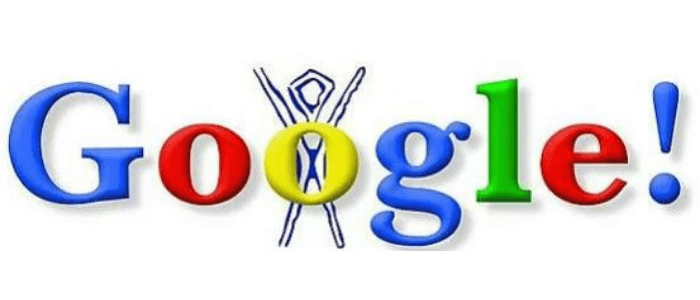
In 1998, Google started the Google Doodle which is a temporary modification of the traditional Google logo.
The first Google Doodle originated in 1998. Page and Sergey were attending the Burning Man festival. that’s when they got the idea to put a stick figure drawing behind the logo’s second O.
In 2000, Brin and Sergey asked the intern Dennis Hwang to come up with a doodle for Bastille Day. Users loved it so much that they appointed Dennis “chief doodler.”
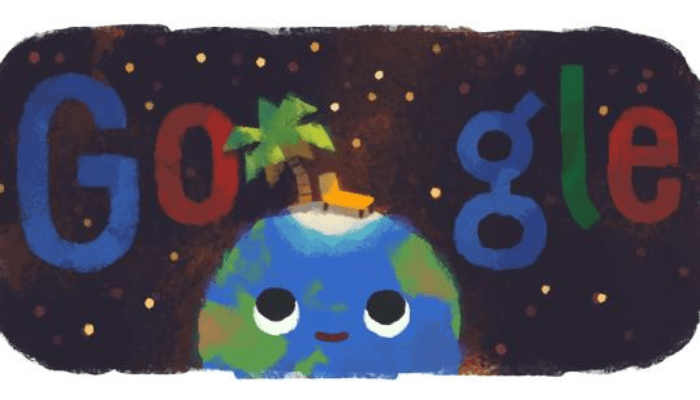
At first Doodles tended to mark well known holidays, like Valentine’s Day, Halloween, and Indian Holi. But as time has gone on, they’ve become more and more global and creative.
Today, doodles are often used to commemorate holidays, special occasions, and birthdays of artists, scientists, thinkers and important people.
Doodle ideas can also come from Google users. After an idea or doodle pitch got approved, the actual doodles are designed by illustrators and engineers.
Google has continued to embrace doodles with a verified Twitter account devoted to updating its audience about the new published doodles.
Google also invites people to submit ideas for doodles at proposals@google.com.
As people and technology evolve, the design has too. At the rate things are changing, we’ll probably see a new version in a few years.
Because as we said before, Google is not like other massive tech corporations, it’s a cool massive tech corporation.
